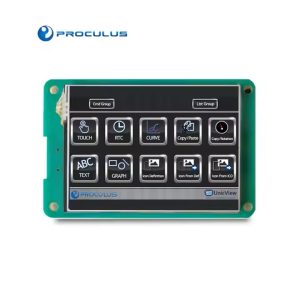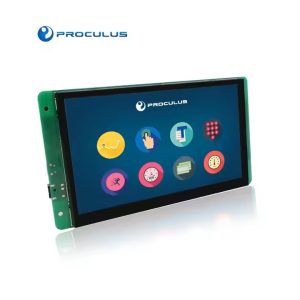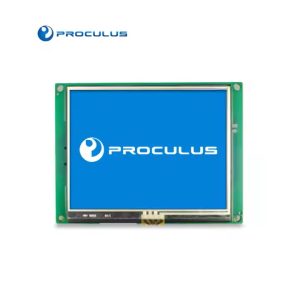Exploring TFT LCD Display Modules in Depth
In our everyday lives, we encounter a wide array of display technologies, from smartphones to televisions, that play a significant role in how we access and consume information. One of these display technologies is the TFT LCD display module.

What is a TFT LCD Display Module?
A TFT LCD display module, or Thin-Film-Transistor Liquid-Crystal Display, is a variant of the traditional liquid-crystal display (LCD). What sets TFT LCD apart is its use of thin-film-transistor (TFT) technology to enhance various image qualities, including addressability and contrast.
Advantages of TFT LCD Displays
TFT LCDs offer several advantages that have made them a popular choice in the display industry:
Superior Sharpness: TFT LCDs provide high clarity, making them ideal for displaying text, graphics, and high-resolution images. This sharpness is achieved through precise control of individual pixels using integrated TFTs, making them a popular choice in the display industry.
Energy Efficiency: Compared to older LCD technologies, TFT LCDs are more energy-efficient. Each pixel can be controlled individually, allowing for power savings when displaying predominantly dark content.
Fast Refresh Rates: TFT LCDs can provide fast refresh rates, making them suitable for applications that require smooth and seamless motion, such as gaming and video playback.Drawbacks of TFT LCDs
While TFT LCDs offer impressive advantages, they also have their drawbacks: High Cost: Manufacturing TFT LCDs can be expensive due to the precision required in production. Although the TFT technology is beneficial for image quality, it contributes to higher production costs. Separate Backlighting: TFT LCDs require a separate backlight to illuminate the display. This not only adds to the overall cost but also affects the device’s thickness and weight. TFT LCD vs. AMOLED: A Comparison One of the most common comparisons in the display technology realm is TFT LCD vs. AMOLED (Active Matrix Organic Light Emitting Diode). Let’s take a closer look at how these two technologies stack up against each other. Brightness and Vibrancy: TFT LCD: TFT LCDs are known for their sharp and vibrant displays. They can produce vivid colors and high contrast levels. However, they may not match the brightness and vibrancy of AMOLED displays. AMOLED: AMOLED displays excel in brightness and vibrancy. They can achieve deep blacks, vibrant colors, and high contrast levels, resulting in a visually striking experience. Cost: TFT LCD: TFT LCDs are generally more cost-effective to produce. This cost-efficiency makes them a preferred choice for budget-friendly devices. AMOLED: AMOLED displays tend to be more expensive to manufacture due to their organic light-emitting diodes. As a result, devices featuring AMOLED screens are often priced higher. Power Efficiency: TFT LCD: While TFT LCDs have improved in energy efficiency over the years, they are still not as power-efficient as AMOLED displays. TFT LCDs consume more energy when displaying bright content. AMOLED: AMOLED displays are known for their power efficiency. Since each pixel emits its light, there is no need for a separate backlight. This results in energy savings, especially when displaying dark or black content. The Best Choice Depends on Your Needs: The choice between TFT LCD and AMOLED depends on your specific requirements and preferences. If you prioritize cost-effectiveness, a TFT LCD may be the way to go. On the other hand, if you seek vibrant colors, deep blacks, and power efficiency, an AMOLED display could be more suitable.Conclusion
In conclusion, TFT LCD display modules have earned their place as a reliable and versatile display technology. They offer excellent sharpness, energy efficiency, and fast refresh rates, making them well-suited for various applications. However, the choice between TFT LCD and AMOLED ultimately comes down to your specific needs and priorities. Whether you’re shopping for a new device or considering a display upgrade, understanding the differences between these technologies will help you make an informed decision based on what matters most to you.
 English
English


